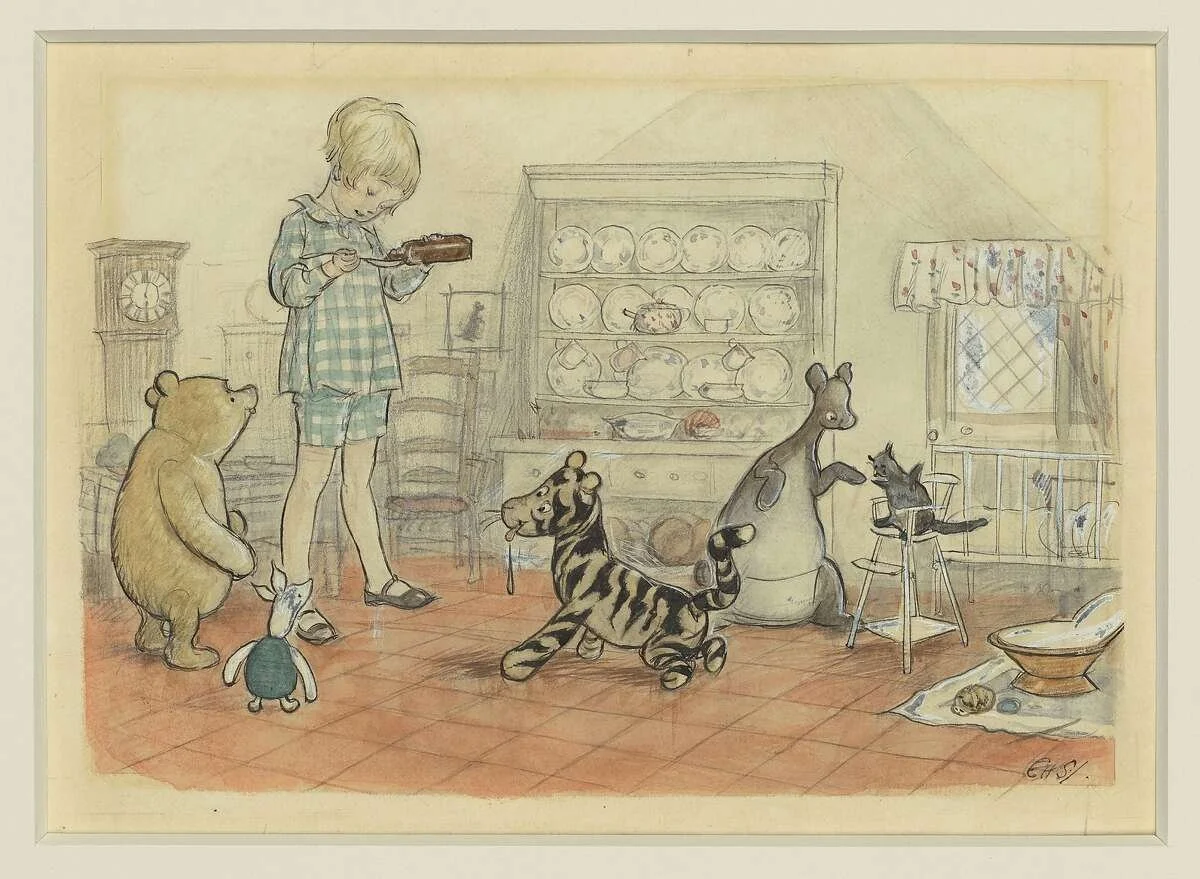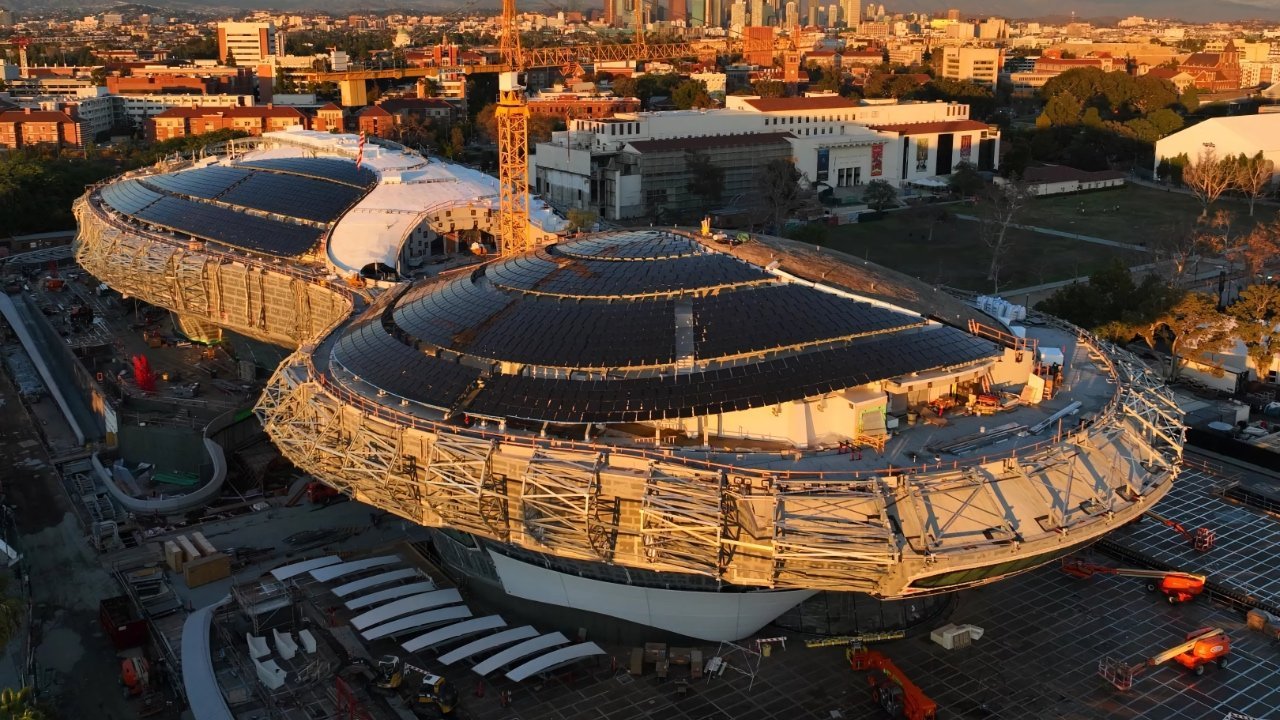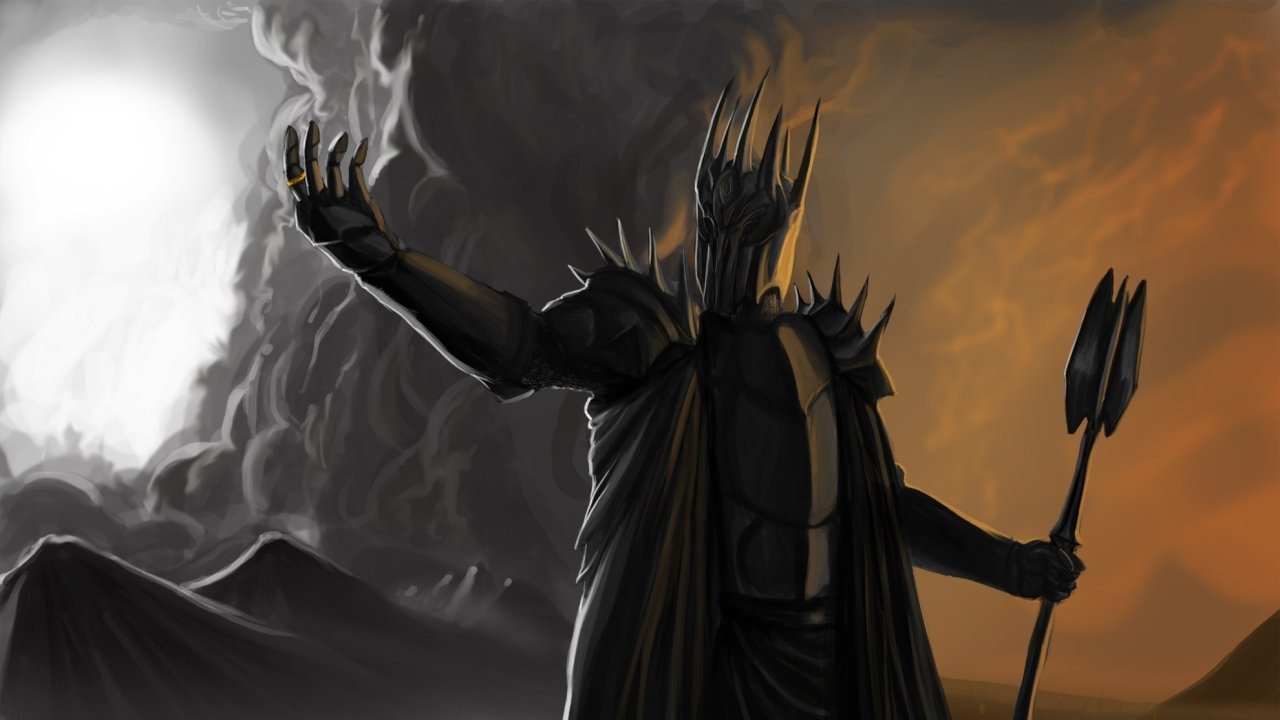Lucas Museum Of Narrative Art: The Art Of Storytelling
Image Source: Lucas Museum of Narrative Art
Throughout his career, George Lucas has always invested in things that would not only benefit his own films but also help the film industry to progress as a whole. He set up a special effects department that became the benchmark for all things SFX for decades (Industrial Light and Magic), he financed the development of specialized software that would later act as the foundation for the first completely computer-animated movie (Toy Story by Pixar), and he was one of the leading proponents of digital cinema.
But there is another facet that Lucas has heavily invested in: art.
Experts estimate the value of Lucas' art collection to be around $ 400 Mio.
And by 2025, visitors to Los Angeles will be able to see a large portion of this art at the Lucas Museum of Narrative Art (LMNA).
RELATED:
A museum for Star Wars?
Costumes, models, props, and concept art from Lucas' space opera have been shown in non-permanent exhibits for a long time, like The Magic of Myth at the National Air and Spece Museum (part of Smithsonian) in Washington DC or the touring exhibition Star Wars Identities. Their intention has usually been to give the audience more than just a few behind-the-scenes glimpses of the iconic films but to provide a greater context of art and technology or the real-world concepts behind things like the Force or the Light and the Dark Side.
When Lucas' plans for establishing a permanent museum first surfaced, many fans hoped that this would be the ultimate Mecca for Star Wars fans - the go-to place to see everything that has been hidden within the vast Lucasfilm archives for years.
And while it is true that the LMNA will host a great number of exhibits from the Original- to the Sequel Trilogy, it will be much more than just a Star Wars museum.
Which brings us to the question: what is narrative art?
Visual storytelling
The official website for the Lucas Museum includes a quote from the Maker himself:
"Narrative art tells the story of a society—most importantly, what the common beliefs are that hold it together."
ArtBuzz provides the following definition of narrative art:
"Narrative art is an abstract art form which depicts various events that have taken place either as a standalone image or a sequence of actions in the form of multiple frames. Sometimes, a story may be compressed into a single image that depicts some event or events that have occurred in the past or are about to occur in near future."
And although the term itself first appeared in the 1960s, it is one of the oldest forms of art in history: the millennia-old cave paintings depicting pursuits of mammoths are at its core narrative art, as is Trajan's column in Rome or Leonardo da Vinci's painting, The Last Supper.
Image Source: Widewalls
Throughout the history of mankind artists have created works that tell visual stories, be it about the French Revolution, the life of carpenters and farmers in medieval villages, or the adventures of Batman or Black Panther.
And the concept drawings of Ralph McQuarrie that helped Lucas sell his idea for a space opera to Twentieth Century Fox are narrative art as well, as is everything that conveys the old saying: 1 image = 1000 words.
But narrative art is not limited to paintings, posters, or comics but also includes sculptures, installations, or even short animations.
Image: Source: San Francisco Chronicle
They may represent a critical moment in history, a kid playing with his toys, or something out of a fairytale.
The long and winding road to Los Angeles
Lucas's plans to build his own museum date back to at least 2010. In 2013 everything pointed toward an 8-acre site at Crissy Field within the former military base Presidio as the spot for his project. With Lucasfilm Ltd. and the famous Yoda fountain located not too far away, another Lucas endeavor would be a natural fit. Furthermore, Lucas' project had prominent backing from Governor Jerry Brown, San Francisco Mayor Ed Lee, U.S. Senator Dianne Feinstein, and House Minority Leader Nancy Pelosi.
Unfortunately, it didn't get the required support from the Presidio Trust, who didn't believe that a museum of that magnitude would fit into the historic surrounding of Presidio. So Lucas proposed some changes to the building and ended up competing against two other projects.
In February 2014, the Trust unanimously decided to support none of these projects, as they simply believed not to be suitable for this location.
Frustrated, Lucas and his team decided to look for other venues: "A lot of other people have asked us to dance, and we will start calling them back."
The next "logical" place for the LMNA was Chicago, home of Lucas' wife Mellody Hobson, and a much larger tourist attraction than San Francisco. And again, at first, the project was welcomed with open arms: Mayor Rahm Emanuel promised the full support of the city administration as well as a prominent location: a spot directly at the shore of Lake Michigan, close to the Shedd-Aquarium, the Field Museum, and the Adler Planetarium.
With this promising new location also came some major changes to the project itself: the previously used name Lucas Cultural Arts Museum was altered to Lucas Museum of Narrative Art, and the renowned architect Ma Yansong of Bejing's MAD Architects designed a completely new building.
But a small group of activists, calling themselves Friends of the Park frenetically opposed the project, stirring up lawsuits against the city of Chicago and Lucas' team.
After months of discussions, several attempts to reach a compromise, and even a proposed new location, Lucas finally had to give up his plans for a museum in Chicago in June 2016, and this time it was Hobson who could not hide her frustration:
"In refusing to accept the extraordinary public benefits of the museum, the Friends of the Parks has proven itself to be no friend of Chicago. We are now seriously pursuing locations outside of Chicago. If the museum is forced to leave, it will be because of the Friends of the Parks and that is no victory for anyone."
For a short time, it looked as if the museum could still return to San Francisco and find its home on Treasure Island near the Oakland Bay Bridge. But then, in January 2017, Lucas and Hobson decided on Los Angeles' Exposition Park, which is also the home of Lucas' former alma mater, the USC.
The groundbreaking ceremony took place in March 2018, the same year the museum was initially planned to be opened to the public if it had been built at the Presidio.
Image Source: Twitter
The repeated adaptations of the museum's plans also led to a massive budget explosion: initially planned to cost around $ 400 Mio., this sum later changed to $ 700 Mio. and ultimately to $1 Bio (not including the $ 400 Mio. worth of exhibits).
And as with his films, Lucas would finance these costs all out of his own pocket.
A place to feel, think, reflect, and act
When George Lucas started his career, he dreamt about creating a place where filmmakers could come together to discuss their plans and to get inspiration from others, but also to actively work on their films. This dream was, to a large extent fulfilled with Skywalker Ranch. And similarly, the Lucas Museum of Narrative Art will be more than just a place to look at various exhibits.
Back in 2016, the museum's initial holding, the so-called Seed Collection, was planned to comprise roughly 700 paintings which would soon expand to a much larger sample of the more than 10,000 paintings of artists like Degas, Renoir, Rockwell, and countless others as well as of the 30,000 film-related objects that Lucas has collected over the decades.
Source: Lucas Museum of Narrative Art
Although the 11-acre LMNA campus will also include two state-of-the-art theatres which will be used for film screenings, movies themselves will not be part of the exhibitions, as they do not fit the term narrative art.
The 30.000 square-foot building roughly resembles the shape of a sport sneaker turned upside down, which - although clearly not intended - is sort of fitting as they are Lucas' preferred kind of shoes. With its sleek rounded form and bright color, the building looks more like something from Star Trek than from the used and worn-down worlds of Star Wars.
Led by CEO Sandra Jackson-Dumont, who reports to the board of directors that includes (besides from Lucas and Hobson) fellow filmmakers Guillermo del Toro and Steven Spielberg, the LMNA will also include a vast park, dedicated locations for learning and engaging as well as retail and dining spots.
Though Star Wars will forever be Lucas' legacy, the Lucas Museum of Narrative Art will be the tangible proof of his philanthropic character for decades to come.
READ NEXT:
















